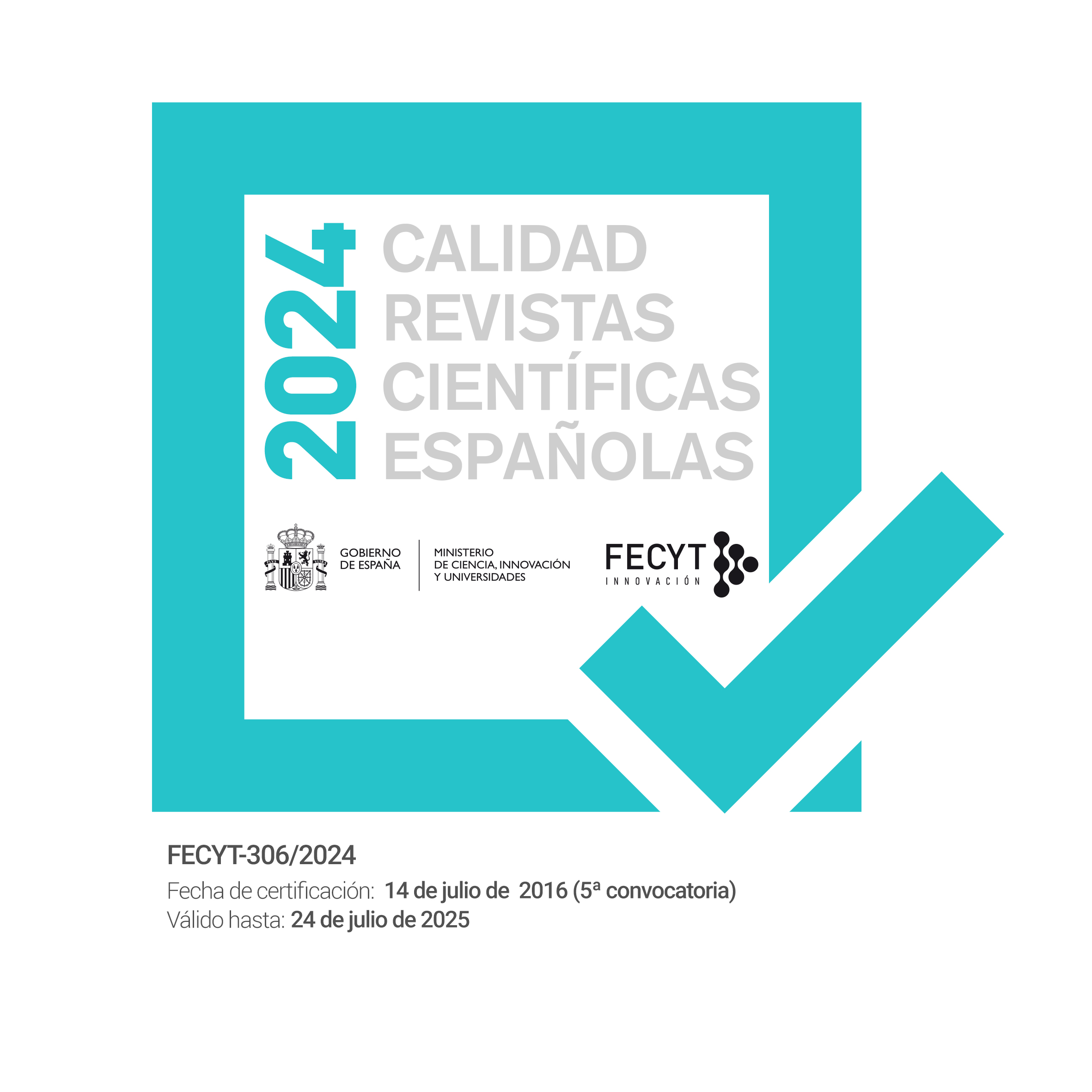On Reproduction in education, society and culture, 50 years later
DOI:
https://doi.org/10.22325/fes/res.2022.115Keywords:
reproduction, educational inequalities, Bourdieu, Passeron, resistanceAbstract
Reproduction in education, society and culture is still alive. This paper analyses the central theses of the book in order to assess their current validity. Then, it examines some of the objections that emerged later and contributed to the consideration of its contents as obsolete. Education systems still contribute to the reproduction of social classes in contemporary societies, conditioning social mobility and the constitution of elites, although with some variations in the last fifty years. Despite the democratization of education systems and the increase in university graduates, the problem of elitism in the education system denounced by Bourdieu and Passeron has not been solved, and neither has education been transformed. Economic and cultural triage, as well as new subtle selection mechanisms, cause reproductive mechanisms of inequalities to fully operate.
References
Bernstein, B. (1989). Clases, códigos y control. Akal.
Bourdieu, P. (2002). Esquisse d’une socio-analyse. Liber-Raisons d’agir.
Bourdieu, P. (2002). Lección sobre la lección. Anagrama.
Bourdieu, P., y Passeron, J. C. (1967). Los estudiantes y la cultura. Labor.
Bourdieu, P., y Passeron, J. C. (1977). La reproducción. Elementos para una teoría del sistema de enseñanza. Laia.
Bourdieu, P., & Wacquant, L. (1992). Invitation à une sociologie réflexive. Seuil.
Coleman, J. S., Campbell, E., Hobson, C., McPartland, J., Mood, A., Weinfeld, F., & York, R. (1966). Equality of educational opportunity. Washington, U.S.: Government Printing Office.
Giroux, H. A. (1983). Theory and Resistance in Education. A Pedagogy for the Opposition. Heinemann Educational Books.
Grup de Recerca en Educació i Treball [GRET] (2019). Qui estudia a la universitat?. OSU.
Instituto Nacional de Estadística [INE]. (1971). Estadística de la Enseñanza en España. Curso 1969-70. INE.
INE (2019). España en cifras. INE.
Organización para la Cooperación y el Desarrollo Económicos [OCDE]. (2019). Education at a glance 2019. OCDE.
Subirats, M. (1981). El empleo de los licenciados. Fontanella.
Willis, P. (1978). Aprendiendo a trabajar. Como los chicos de la clase obrera consiguen trabajos de clase obrera. Akal.
Willis, P. (1994). La metamorfosis de mercancías culturales. En M. Castells et al., Nuevas perspectivas críticas en educación. Paidós Educador.
Published
How to Cite
Issue
Section
License
Copyright (c) 2022 Marina Subirats

This work is licensed under a Creative Commons Attribution-NonCommercial 4.0 International License.
• The transfer of the copyright of the article to Revista Española de Sociología.
• The assignment to the Revista Española de Sociología of the rights of commercial exploitation of the article to third parties both in the offset and digital formats, as well as to the search engines and platforms that may serve as intermediaries for the sale or knowledge of the article.



